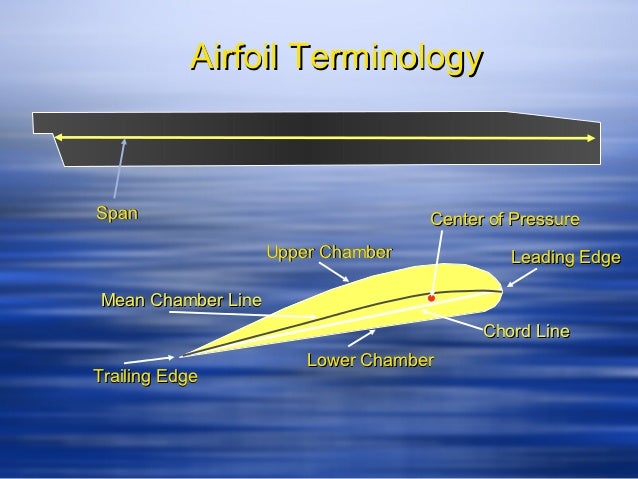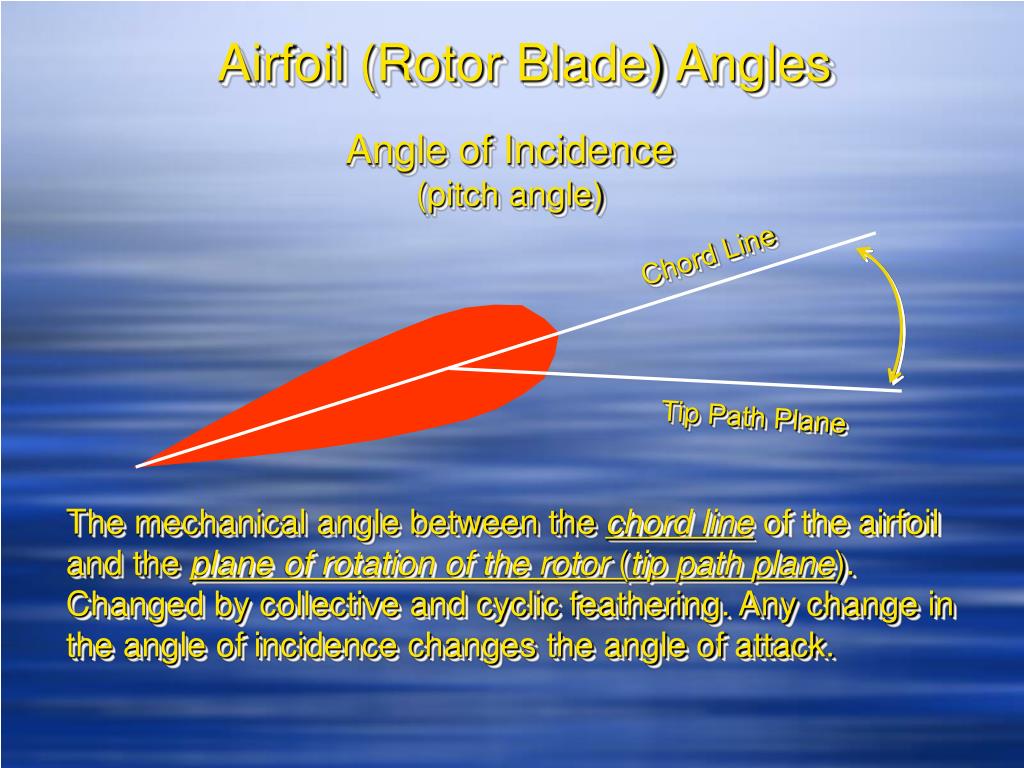

The differential pressure so produced when multiplied by the plan area of the airfoil generates an upward resultant force normal to chord line. The shape of the wing directly impacts the airflow. The maximum velocity and minimum static pressure will occur at a point near-maximum thickness. Air that is passing above and below the airfoil has speeded up to a value higher than the flight path velocity and will produce static pressures that are lower than ambient static pressure. As the velocity changes, the dynamic pressure changes and, according to Bernoulli's principle, the static pressure also changes. It then speeds up again as it passes over or beneath the airfoil. The air approaching the leading edge of an airfoil is first slowed down. Taking an example, the NACA 24013 has a peak thickness of 13%, a design lift coefficient of 0.3, and the maximum camber located 20% behind the leading edge.Īt present, the resources available for computation allow the designers to design and optimize the airfoils specifically tailored to a particular application. The final two digits again indicate the maximum thickness in a percentage of chord. The next two digits, when divided by 2, give the position of the maximum camber in tenths of the chord. The design lift coefficient (cL) is given by the first digit, when multiplied by 3/2, yields it in tenths.
#Airfoil terminology series#
The NACA Five-Digit Series and the Four-Digit Series are quite similar as they use the same thickness forms, but the mean camber line is defined differently and the naming convention is a bit more complex. Using these values, one can compute the coordinates of the entire airfoil using specific equations, For example, the NACA 2415 airfoil has a maximum thickness of 15% with a camber of 2% located at 40% chord from the airfoil leading edge (or 0.4c).

Here in, the maximum camber in the percentage of the chord (airfoil length) is given by the first digit, the second indicates the position of the maximum camber and lastly, the maximum thickness of the airfoil in the percentage of the chord is provided by the last two numbers.

The family of airfoils which was curated by utilizing this approach was called the NACA Four-Digit Series. Also, the families, which included the 6-Series, were more complex shapes which were derived using theoretical methods. You can read further on airfoil aerodynamics in Part 4 of the Fundamentals of Aircraft Design Series.The Network of Aquaculture Centres in Asia-Pacific, airfoil series, the 4-digit, 5-digit, and the updated 4-/5- digit, were generated using analytical equations and analogies that described the curvature of the airfoil's mean-line (geometric centerline) as well as the section's thickness distribution along the length. Highly cambered airfoils produce more lift than lesser cambered airfoils, and an airfoil that has no camber is symmetrical upper and lower surface. The camber line is a line drawn equidistant between the upper and lower surface at all points along the chord. Camber is generally introduced to an airfoil to increase its maximum lift coefficient, which in turn decreases the stall speed of the aircraft. The final design parameter camber is a measure of the asymmetry between the upper and lower surface. This means that the thickest section has a height equal to 12% of the total chord. The airfoil plotted above has a thickness-to-chord ratio of 12%. The thickness of the airfoil is a very important design parameter and as always expressed as a percentage of the total chord. This often varies down the span of the wing as the wing tapers from the root to the tip. The length of the airfoil from leading to trailing edge is known as the airfoil chord. The airfoil upper and lower surfaces meet at the leading and trailing edges. The forward section of the airfoil is named the leading edge and the rear the trailing edge. The image below of a cross-section through a typical wing, shows a number of fundamental definitions associated with airfoil (aerofoil) nomenclature.


 0 kommentar(er)
0 kommentar(er)
